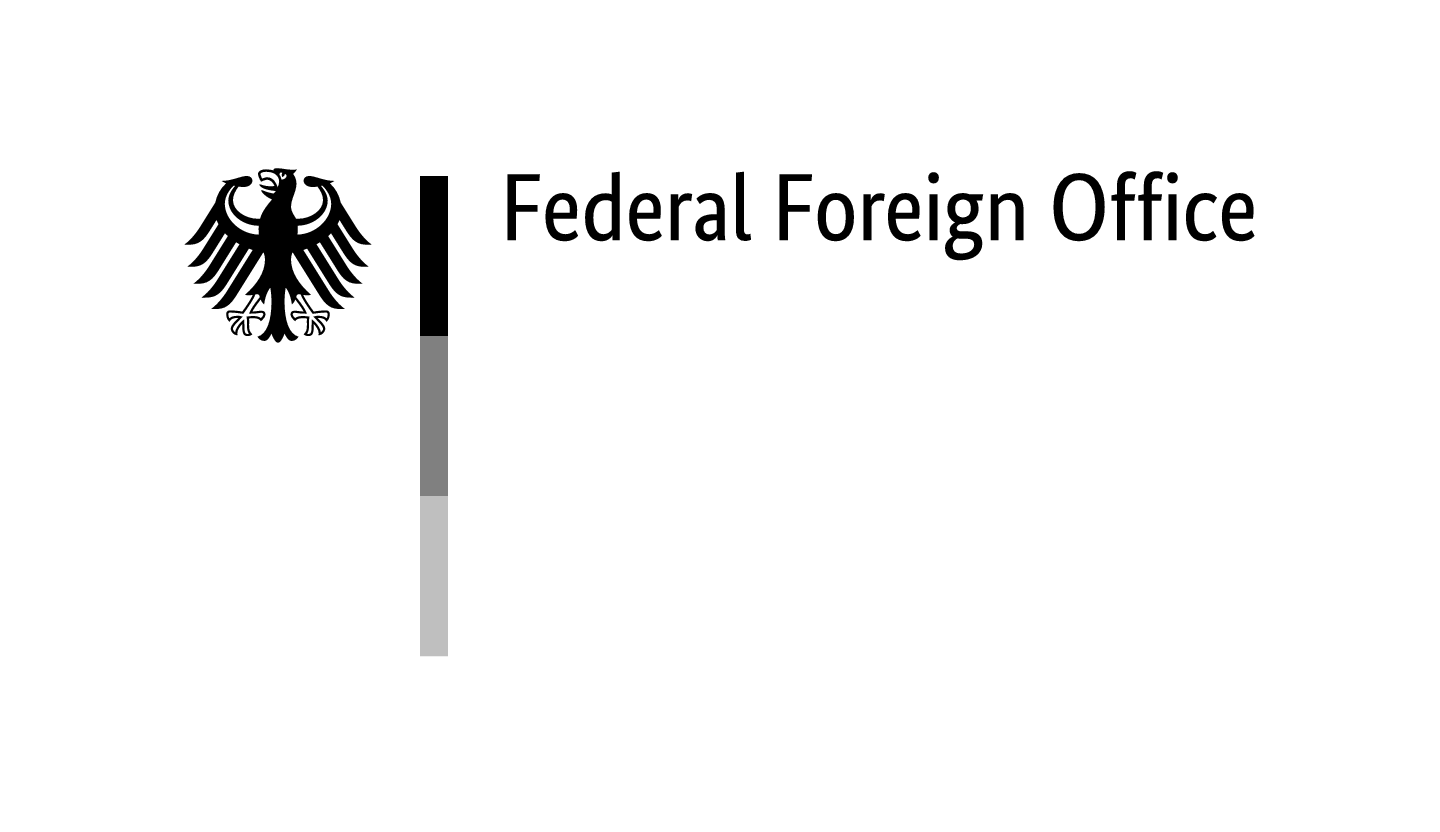Law No. 117/1927 Coll. on ‘roaming Gypsies’ was issued in Czechoslovakia on 14 July 1927. The law prescribed a wide range of repressive measures against its target group, among them a special registration, including the documentation of anthropometric indicators and fingerprints, and restrictions on their freedom of movement, which was otherwise legally protected in Czechoslovakia. People affected by this law were issued special identification cards and needed special permission to pursue itinerant trades.
The law also prohibited travelling in groups that included people who were not relatives in direct line and stated that in general, the permission of the mayor was required for a group or individual to spend the night in a locality. Medical examinations and measurements could be imposed by state authorities at any given moment, and children under the age of 18 could be placed in state institutions whenever their parents could not convince the police that they took care of them ‘properly’.
Target Group
The target group ‘roaming Gypsies’ is defined in the law as ‘Gypsies who move from place to place and other vagabonds who hate work and live in a Gypsy manner, in both cases even if they have a permanent residence for part of the year—especially in winter’. The commentary on the law clearly stated that its regulations did not apply to ‘sedentary Gypsies’ who ‘earn their living by regular work, trade, commerce or other permitted means’. While this definition ruled out a legalised persecution on grounds of ‘race’, the predominant understanding of ‘Gypsy’ in Czechoslovakia was racialised.
In 1924, the Czechoslovak authorities had rejected attempts to introduce a law targeting the same social behaviours as the law No. 117/1927. They argued that it conflicted with international treaties and the Czechoslovak constitution, which ruled out legal discrimination based on ‘race, language and religion’, since ‘Gypsies’ were ‘indisputably a race’. This view was shared by both opponents and supporters of law no. 117/1927 when it was discussed in parliament.
That discussion, however, also reflected a considerable readiness to apply the demands made for the treatment of ‘roaming Gypsies’—generally focusing on measures of forced assimilation to the majority lifestyle—to other groups as well, namely the unemployed or communist workers. There was also a divergence from any strict principle of ‘race’ in that on the one hand, all proposed measures aimed at assimilation, and on the other, it was possible to escape being marked as ‘Gypsy’ in Czechoslovakia by deploying evidence of social adaptation, i.e. a convincing self-representation as ‘honest’ and therefore ‘non-Gypsy’.
Basis for Decisions on Deportations
In the Protectorate of Bohemia and Moravia, Law No. 117/1927 was used as a starting point for the registration of ‘Gypsies’ on 2 and 3 August 1942, which ultimately led to the deportation of about 3,400 men, women, and children to the ‘Zigeunerlager’ Lety near Pisek and Hodonin near Kunstadt. The results of this registration were also used as grounds for the decision on who was to be deported to Auschwitz-Birkenau concentration and extermination camp.
Repeal in 1950
After the war, the law was valid for about five more years. It was officially repealed on 1 August 1950, when Law No. 88/1950, the new penal code for Czechoslovakia, was issued.




